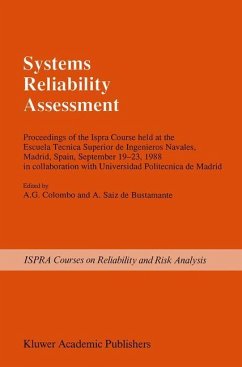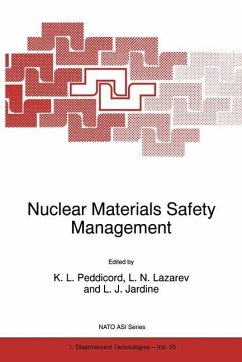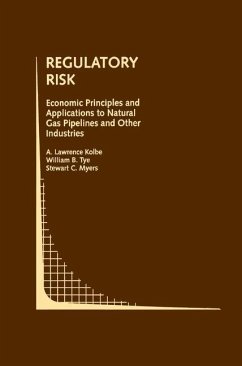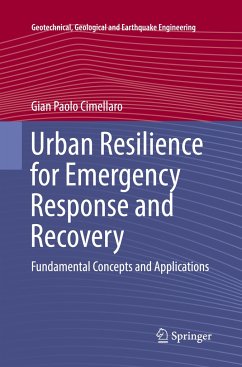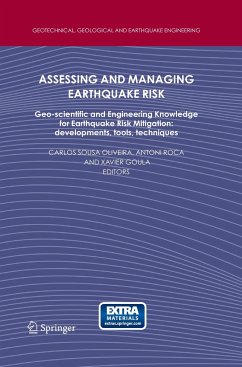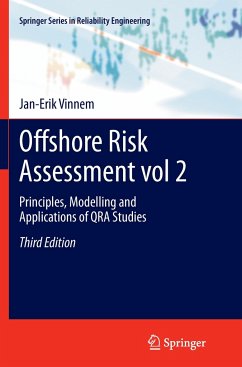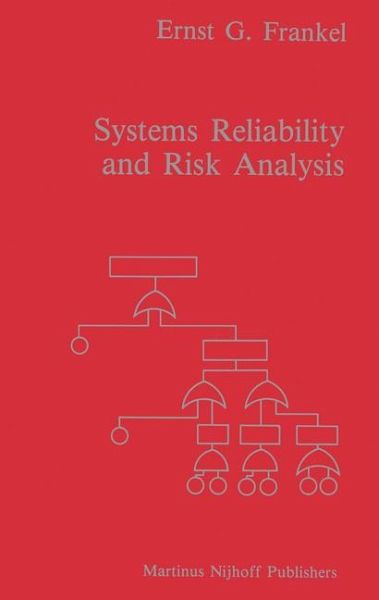
Systems Reliability and Risk Analysis
Versandkostenfrei!
Versandfertig in 1-2 Wochen
39,99 €
inkl. MwSt.
Weitere Ausgaben:

PAYBACK Punkte
20 °P sammeln!
Ernst G. Frankel This book has its origin in lecture notes developed over several years for use in a course in Systems Reliability for engineers concerned with the design of physical systems such as civil structures, power plants, and transport vehicles of all types. Increasing public concern with the reliability o~ systems for reasons of human safety, environmental protection, and acceptable ir. vestment risk limitations has resulted in an increasing interest by engineers in the formal applica~i0n of reliability theory to e~gineering desian. At the same time there is a demand for more effecti...
Ernst G. Frankel This book has its origin in lecture notes developed over several years for use in a course in Systems Reliability for engineers concerned with the design of physical systems such as civil structures, power plants, and transport vehicles of all types. Increasing public concern with the reliability o~ systems for reasons of human safety, environmental protection, and acceptable ir. vestment risk limitations has resulted in an increasing interest by engineers in the formal applica~i0n of reliability theory to e~gineering desian. At the same time there is a demand for more effective approaches to the des~gn of procedures for the operation and use of man-made syste~s and more meaningful assessment of the risks intr)duction and use of such a system poses both when operating as designed and when operating at below design performance. The purpose of the book is to provide a sound, yet practical, introduction to reliability analysis and risk assessment which can be used by professionals in engineering, planning, management, and economics to improve the design, operation, and risk assessment of systems of interest. The text should be useful for students in many disciplines and is designed for fourth~year undergraduates or first-year graduate students. I would like to acknowledge the help of many of my graduate students who contributed to the development of this book by offering comments and criticism. Similarly I would like to thank Mrs.



